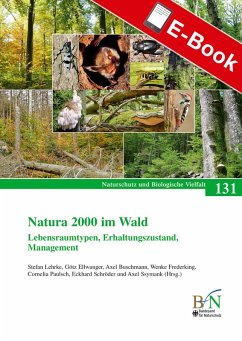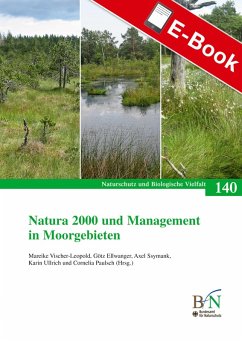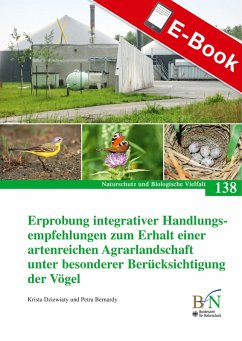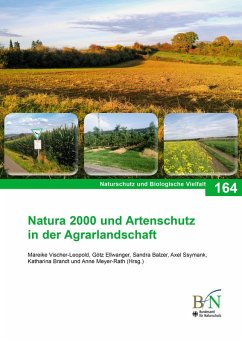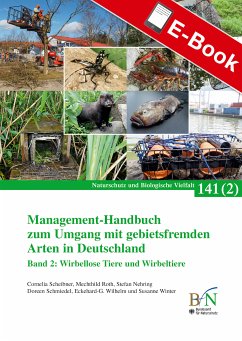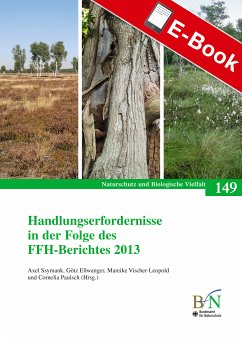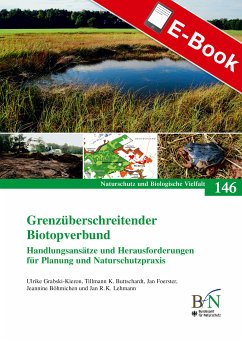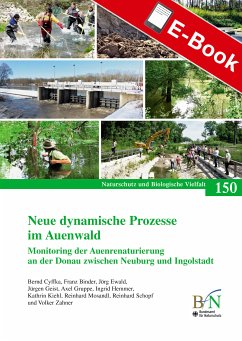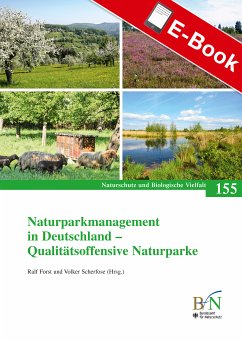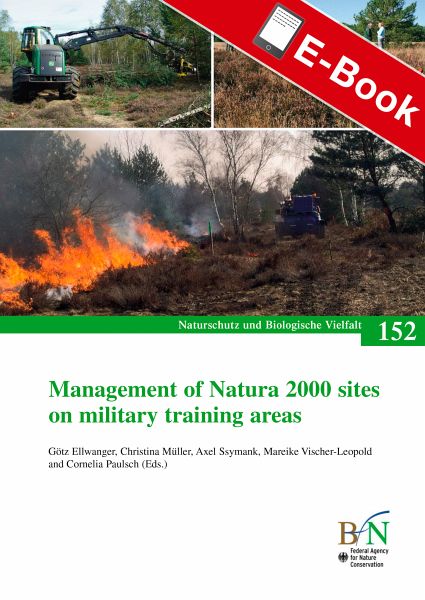
Management of Natura 2000 sites on military training areas (eBook, PDF)
Naturschutz und Biologische Vielfalt Heft 152
Sofort per Download lieferbar
Statt: 22,00 €**
16,99 €
inkl. MwSt. und vom Verlag festgesetzt.
**Preis der gedruckten Ausgabe (Broschiertes Buch)
Alle Infos zum eBook verschenkenWeitere Ausgaben:

PAYBACK Punkte
0 °P sammeln!
There is a special importance of military training areas (MTAs) for the protection and maintenance of our biodiversity in Europe. MTAs host a number of specific habitat types and species protected by the Habitats Directive, especially habitats of the open landscape, which developed through and rely on an extensive (often historical) agricultural use, a disturbance regime (of the military training) and /or specific conservation measures. Many important habitats of EU community relevance, especially those requiring oligotrophic to mesotrophic conditions, have some of their best and largest repre...
There is a special importance of military training areas (MTAs) for the protection and maintenance of our biodiversity in Europe. MTAs host a number of specific habitat types and species protected by the Habitats Directive, especially habitats of the open landscape, which developed through and rely on an extensive (often historical) agricultural use, a disturbance regime (of the military training) and /or specific conservation measures. Many important habitats of EU community relevance, especially those requiring oligotrophic to mesotrophic conditions, have some of their best and largest representation on military areas and thus have been integrated into the Natura 2000 network of protected areas. Most of these habitat types and species have an unfavourable conservation status at the biogeographical level. Actively used, as well as decommissioned, MTAs play an important role in maintaining or improving the conservation status of several of these habitat types and species. This volume presents the proceedings of the workshop "Management of Natura 2000 sites in Military Training Areas", which was held by the German Federal Agency for Nature Conservation from 28 September to 1 October 2015 at the International Academy for Nature Conservation at the Isle of Vilm (Germany). The workshop discussed the specific conditions for the management of open landscapes on active and former military training areas (Natura 2000 sites). Experts from several EU Member States presented and discussed management measures to maintain or to restore habitat types and habitats of species on MTAs, problems during management and solutions to overcome these, best practice examples of Natura 2000 management on MTAs and the handling of unexploded ordnance devices (UXO) in order to allow or facilitate the necessary nature management.
Dieser Download kann aus rechtlichen Gründen nur mit Rechnungsadresse in A, B, BG, CY, CZ, D, DK, EW, E, FIN, F, GR, H, IRL, I, LT, L, LR, M, NL, PL, P, R, S, SLO, SK ausgeliefert werden.




